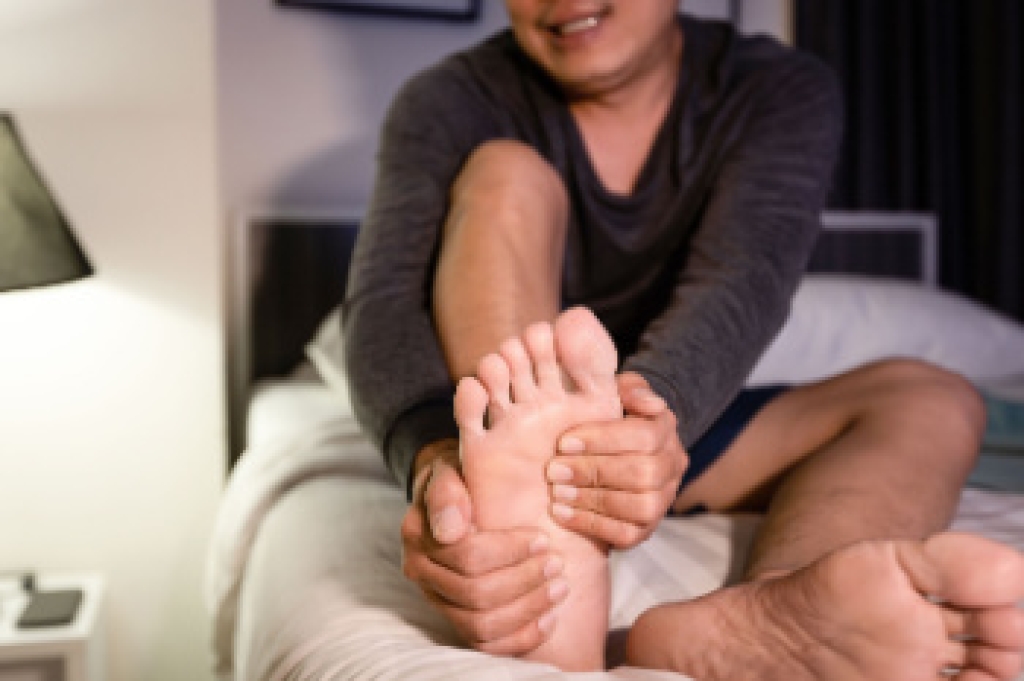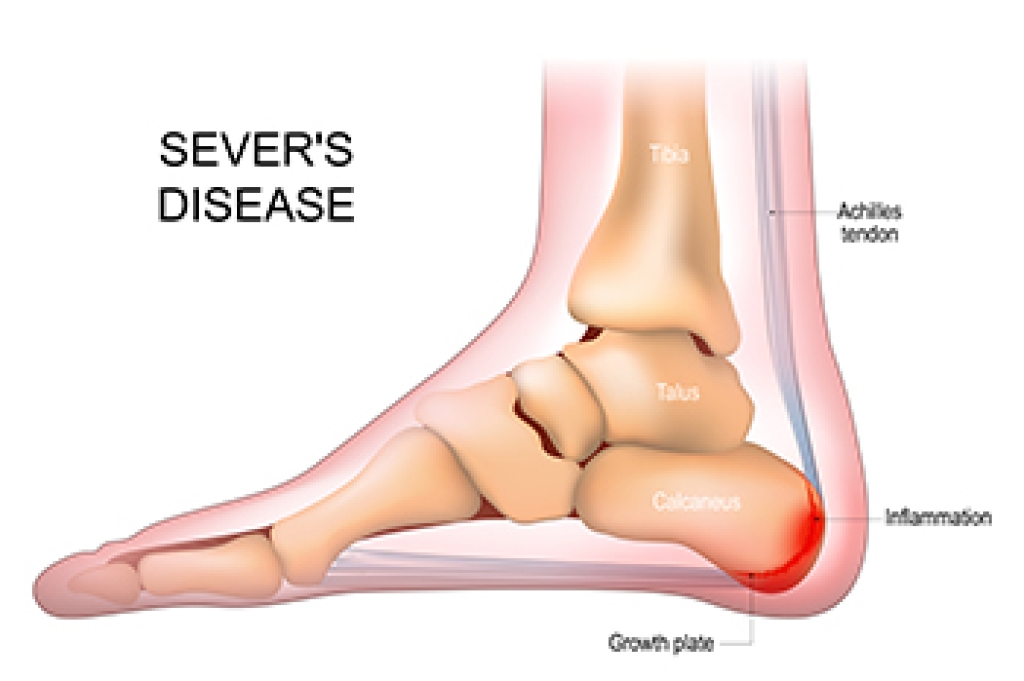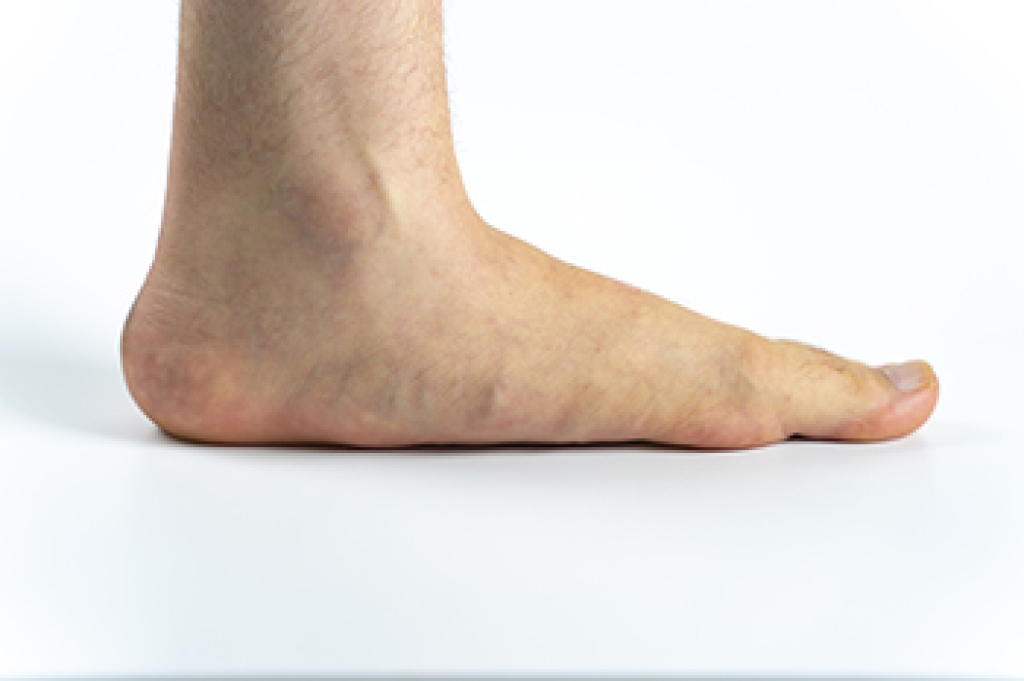
Plantar fasciitis often begins with a sharp heel pain that is strongest during the first steps of the day, but ignoring these early symptoms can lead to further complications. When the fascia, the band of fibrous tissue in the sole of the foot running from the heel to the toes, remains irritated over time, the body may respond by developing a heel spur, which can add to discomfort while standing and walking. People may also change the way they move to avoid pain, placing extra stress on the ankles, knees, hips, or back. This shift can create new areas of soreness and make daily activities feel more difficult. Chronic inflammation may develop as well, making the heel tender even with mild activity. Early care can prevent these issues. A podiatrist can confirm the diagnosis, provide targeted treatment, and guide recovery before complications progress. If your heel pain is becoming more persistent or affecting movement, it is suggested that you see a podiatrist for proper care.
Plantar fasciitis can be very painful and inconvenient. If you are experiencing heel pain or symptoms of plantar fasciitis, contact one of our doctors from Godoy Foot and Ankle Center. Our doctors can provide the care you need to keep you pain-free and on your feet.
What Is Plantar Fasciitis?
Plantar fasciitis is the inflammation of the thick band of tissue that runs along the bottom of your foot, known as the plantar fascia, and causes mild to severe heel pain.
What Causes Plantar Fasciitis?
- Excessive running
- Non-supportive shoes
- Overpronation
- Repeated stretching and tearing of the plantar fascia
How Can It Be Treated?
- Conservative measures – anti-inflammatories, ice packs, stretching exercises, physical therapy, orthotic devices
- Shockwave therapy – sound waves are sent to the affected area to facilitate healing and are usually used for chronic cases of plantar fasciitis
- Surgery – usually only used as a last resort when all else fails. The plantar fascia can be surgically detached from the heel
While very treatable, plantar fasciitis is definitely not something that should be ignored. Especially in severe cases, speaking to your doctor right away is highly recommended to avoid complications and severe heel pain. Your podiatrist can work with you to provide the appropriate treatment options tailored to your condition.
If you have any questions, please feel free to contact our office located in Wayne, NJ . We offer the newest diagnostic and treatment technologies for all your foot care needs.




